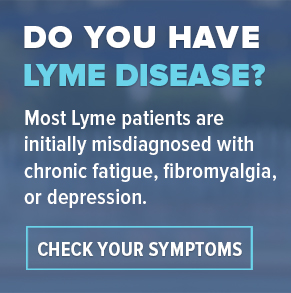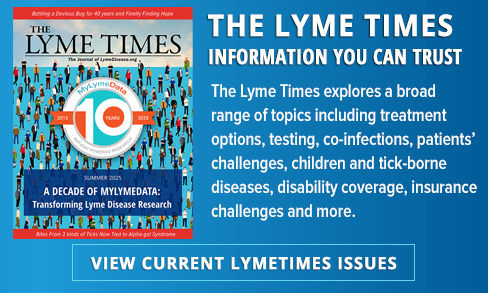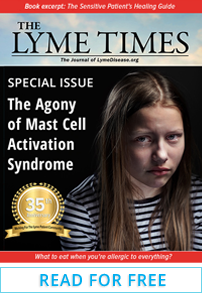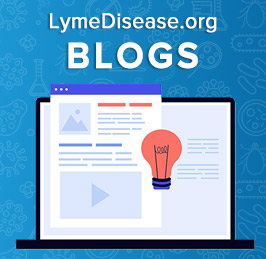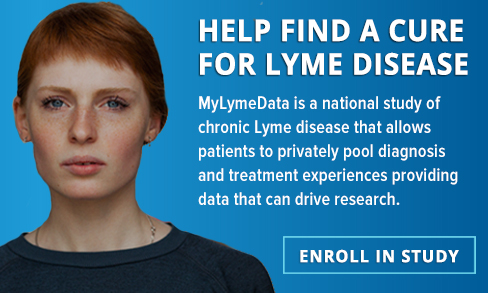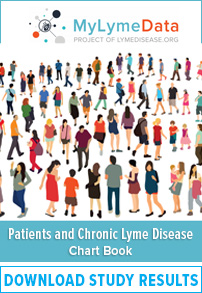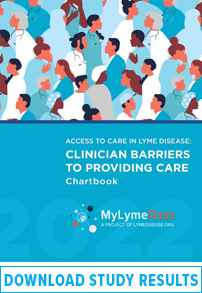Cairns V, Godwin J. Post-Lyme borreliosis syndrome: a meta-analysis of reported symptoms. International journal of epidemiology. 2005; 34(6).
Cameron DJ, Johnson LB, Maloney EL. Evidence assessments and guideline recommendations in Lyme disease: the clinical management of known tick bites, erythema migrans rashes and persistent disease. Expert Review Anti-Infective Therapy. 2014 Sep;12(9):1103-35.
Centers for Disease Control and Prevention. 2008. Lyme disease–United States, 1992–2006. MMWR, 57:1-12. http://www.cdc.gov/mmwr/preview/mmwrhtml/mm5317a4.htm
Centers for Disease Control and Prevention. MMWR 63(43);982-983. Notes from the Field: Update on Lyme Carditis, Groups at High Risk, and Frequency of Associated Sudden Cardiac Death — United States. http://www.cdc.gov/mmwr/preview/mmwrhtml/mm6343a4.htm
Asher, C. Lyme disease–carrying ticks are now in half of all U.S. counties. Science, Jan. 18, 2016. http://www.sciencemag.org/news/2016/01/lyme-disease-carrying-ticks-are-now-half-all-us-counties
Aucott JN, Rebman AW, Crowder LA, Kortte KB. Post-treatment Lyme disease syndrome symptomatology and the impact on life functioning: is there something here? Qual Life Res. 2013 Feb;22(1):75-84.
Aucott J, Morrison C, Munoz B, Rowe PC, Schwarzwalder A, West SK. Diagnostic challenges of early Lyme disease: lessons from a community case series. BMC Infect Dis. 2009;9:79.
Fallon BA, Keilp JG, Corbera KM, Petkova E, Britton CB, Dwyer E, et al. A randomized, placebo-controlled trial of repeated IV antibiotic therapy for Lyme encephalopathy. Neurology. 2008 Mar 25:992-1003.
IDEXX, Dogs and Ticks, http://www.dogsandticks.com/diseases_and_symptoms/
Johnson L, Aylward A, Stricker RB. Healthcare access and burden of care for patients with Lyme disease: a large United States survey. Health Policy. 2011 Sep;102(1):64-71.
Johnson L, Wilcox S, Mankoff J, Stricker RB. Severity of chronic Lyme disease compared to other chronic conditions: a quality of life survey. PeerJ. 2014; 2.
Smith RP, Schoen RT, Rahn DW, Sikand VK, Nowakowski J, Parenti DL, et al. Clinical characteristics and treatment outcome of early Lyme disease in patients with microbiologically confirmed erythema migrans. Annals of internal medicine. 2002 Mar 19;136(6):421-8.
Stricker RB, Johnson L. Lyme wars: let's tackle the testing. BMJ. 2007 Nov 17;335(7628):1008.
Wormser GP, Dattwyler RJ, Shapiro ED, Halperin JJ, Steere AC, Klempner MS, et al. The clinical assessment, treatment, and prevention of Lyme disease, human granulocytic anaplasmosis, and babesiosis: clinical practice guidelines by the Infectious Diseases Society of America. Clin Infect Dis. 2006 Nov 1;43(9):1089-134.


